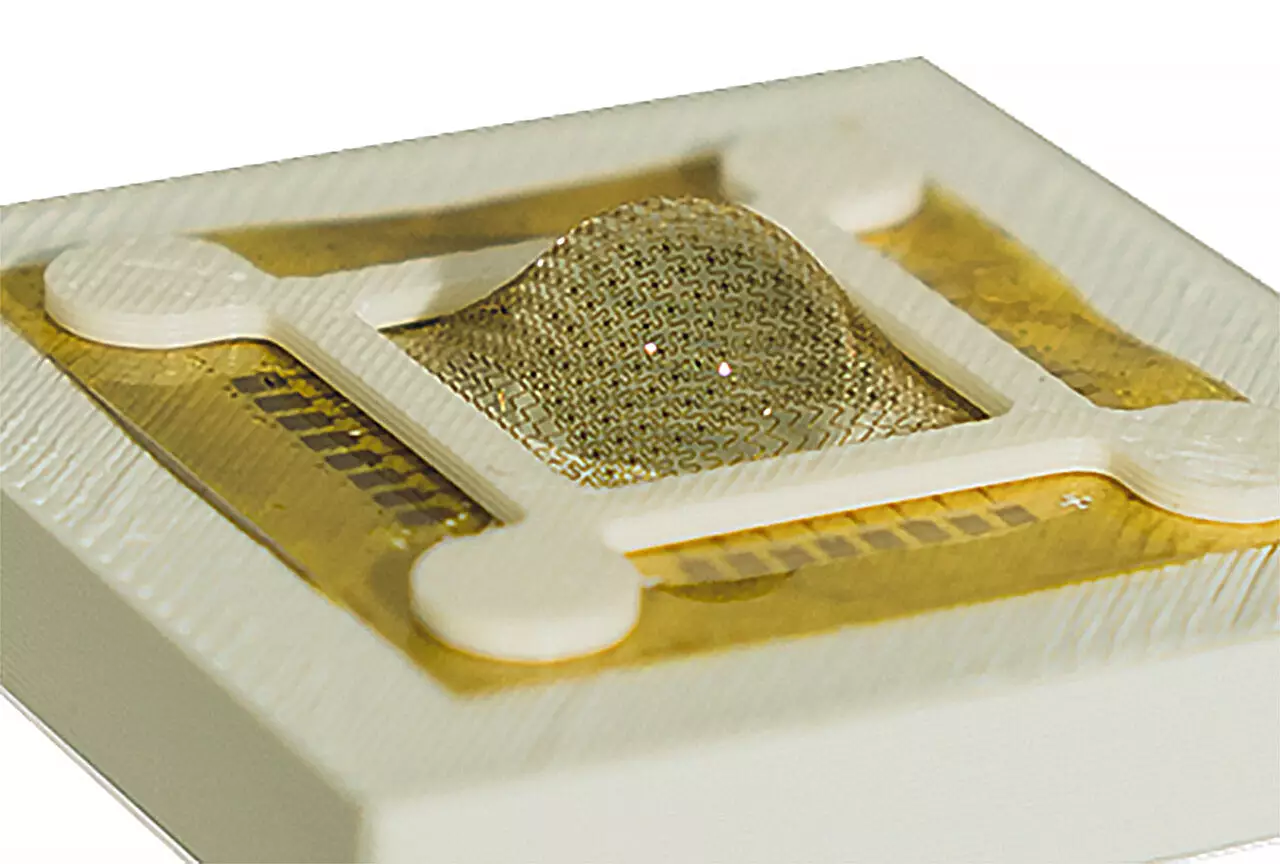The development of self-driving cars has been a significant technological advancement in recent years. However, these vehicles still face challenges when it comes to processing visual data accurately. The visual systems of self-driving cars can struggle to detect static or slow-moving objects in 3D space, leading to occasional crashes. This limitation is akin to the monocular vision found in many insects, which provides excellent motion-tracking and a broad field of view but lacks depth perception.
Researchers at the University of Virginia School of Engineering and Applied Science turned to nature for inspiration to overcome these challenges. By studying the praying mantis, a unique insect with binocular vision and depth perception capabilities, the team developed artificial compound eyes that mimic the biological features of the mantis’s eyes. By integrating microlenses and multiple photodiodes, the team created a sensor system that can replicate the spatial awareness and depth perception found in nature.
The team’s innovative approach involved the use of flexible semiconductor materials to create a hemispherical geometry sensor array. This design allows for a wide field of view and superior depth perception, making it ideal for applications such as low-power vehicles, drones, robotic assembly, surveillance systems, and smart home devices. The system developed by the team can process visual information in real time, eliminating the need for cloud computing and reducing power consumption by more than 400 times compared to traditional systems.
The key to the success of this biomimetic technology lies in the integration of flexible semiconductor materials, conformal devices, in-sensor memory components, and post-processing algorithms. By continuously monitoring changes in the scene and differentiating pixels between scenes, the sensor array can accurately perceive motion and spatial data, much like how insects perceive the world through visual cues. This approach not only enhances the efficiency of visual processing but also provides a real-time and accurate 3D spatiotemporal perception.
The work done by the team at the University of Virginia School of Engineering and Applied Science represents a significant scientific breakthrough that could inspire engineers and scientists to tackle complex visual processing challenges using biomimetic solutions. By drawing inspiration from nature, particularly the praying mantis’s unique visual capabilities, researchers have managed to develop a system that enhances depth perception, spatial awareness, and processing efficiency in real time. This new technology opens up a world of possibilities for various applications, including autonomous vehicles, surveillance systems, and smart devices, paving the way for future innovations in the field of visual processing.


Leave a Reply